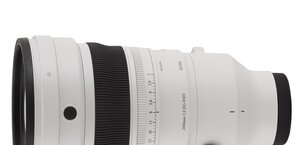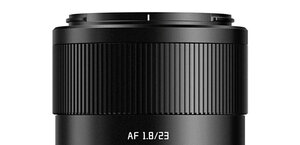Samyang XP 14 mm f/2.4
8. Vignetting
| Nikon D7000, f/2.4 | Nikon D7000, f/2.8 |

|

|
For such a wide angle of view (after all even on the DX sensor of the Nikon you deal with a field of 90.7 degrees) the results are very good. At the maximum relative aperture the brightness loss in the frame corners reaches 20% (−0.64 EV). On stopping down the lens to f/2.8 that aberration decreases to 12% (−0.36 EV). By f/4.0 all problems disappear practically completely, officially being 8% (−0.24 EV).
Please Support UsIf you enjoy our reviews and articles, and you want us to continue our work please, support our website by donating through PayPal. The funds are going to be used for paying our editorial team, renting servers, and equipping our testing studio; only that way we will be able to continue providing you interesting content for free. |
- - - - - - - - - - - - - - - - - - - - - - - - - - - - - - - - - - - - - - - - - - - - - - - -
Now let’s check the situation on much more demanding full frame – thumbnails from the Nikon D3x are presented below.
| Nikon D3x, f/2.4 | Nikon D3x, f/2.8 |

|

|
| Nikon D3x, f/4.0 | Nikon D3x, f/5.6 |

|

|
According to expectations the results are higher. By f/2.4 the light falloff in the frame corners amounts to 47% (−1.84 EV); it is a significant value but still it compares favourably with the performance of the rivals. The Irix 2.4/15 fared dismally in this category, showing 72% of vignetting. The Canon 2.8/14 II was not much better, with 65% of brightness loss. In the case of the slower Samyang 2.8/14 the vignetting was 55% so worse than that of the new lens as well.
On stopping down the aperture to f/2.8 the aberration decreases to 36% (−1.30 EV), and after employing the f/4.0 relative aperture it becomes moderate, amounting to 27% (−0.91 EV). By f/5.6 and by f/8.0 we got respectively: 23% (−0.75 EV) and 19% (−0.62 EV). Further stopping down didn’t have any measurable effect on vignetting.
| Nikon D3x, JPEG, f/2.4 |
 |






